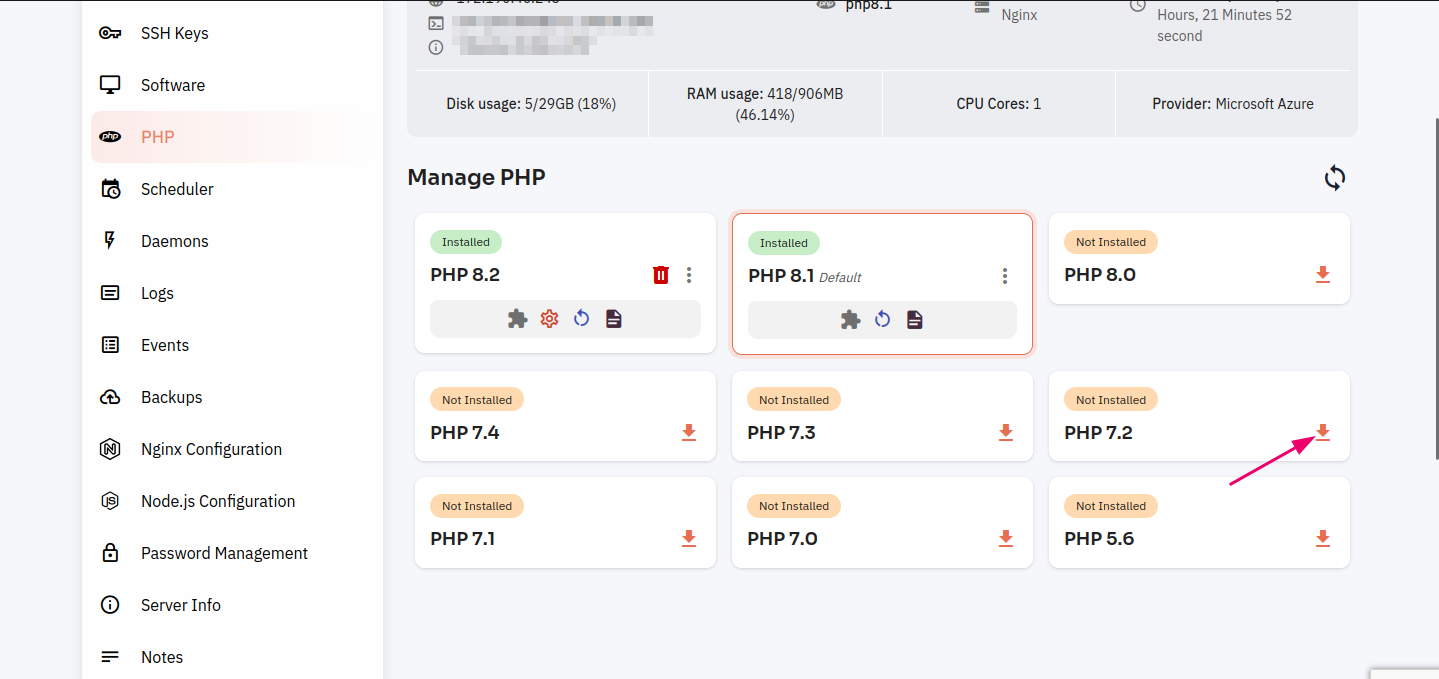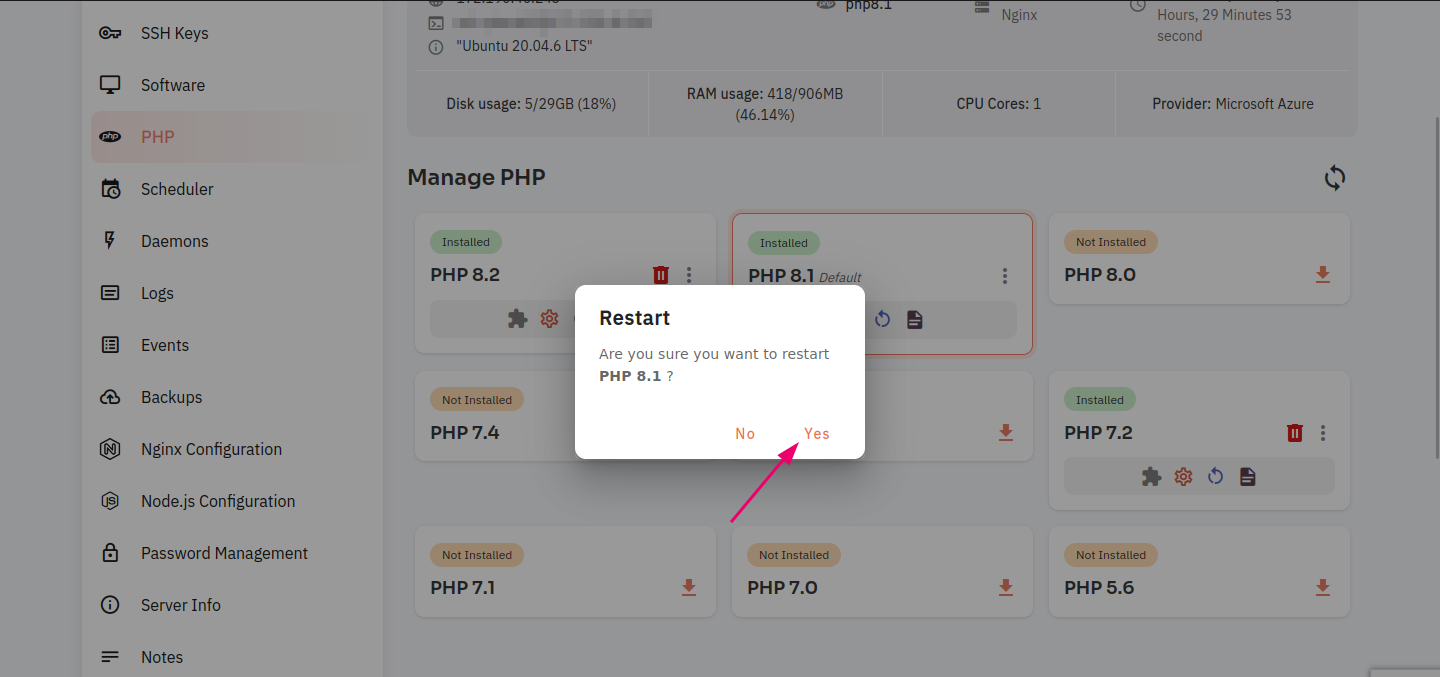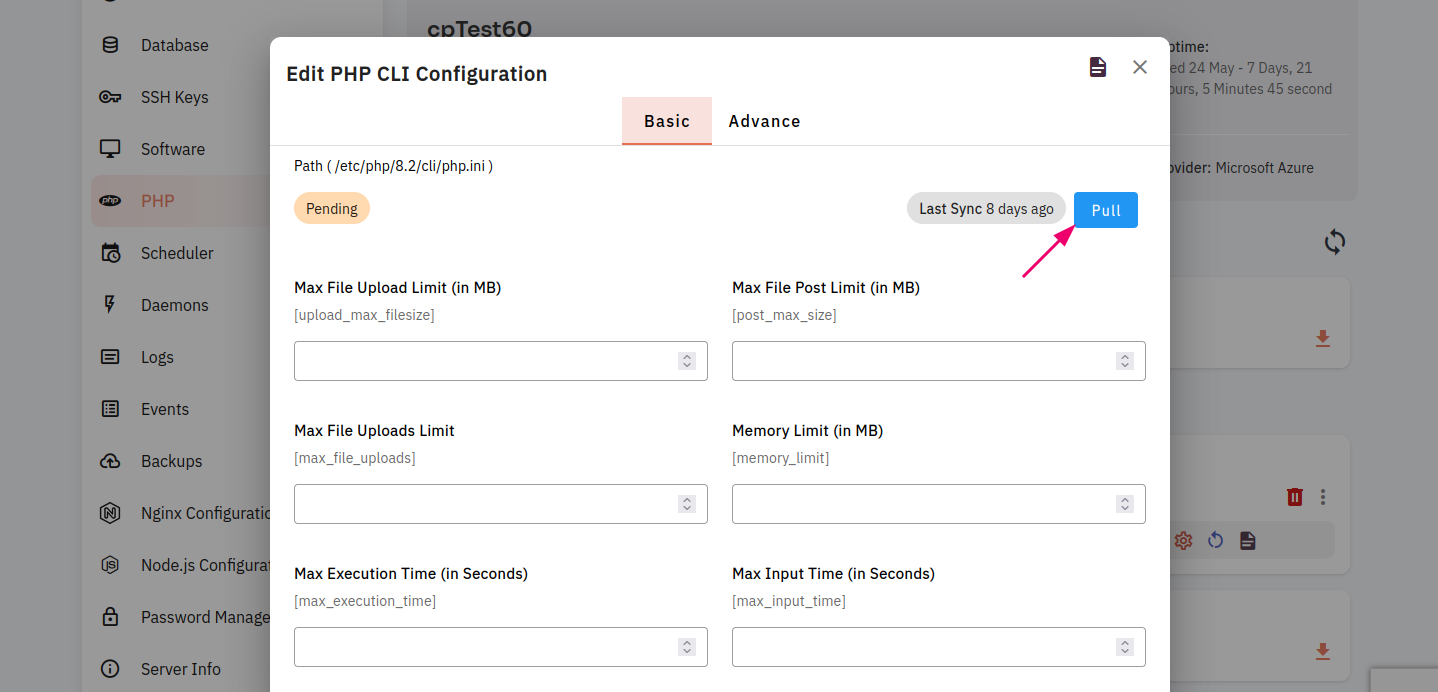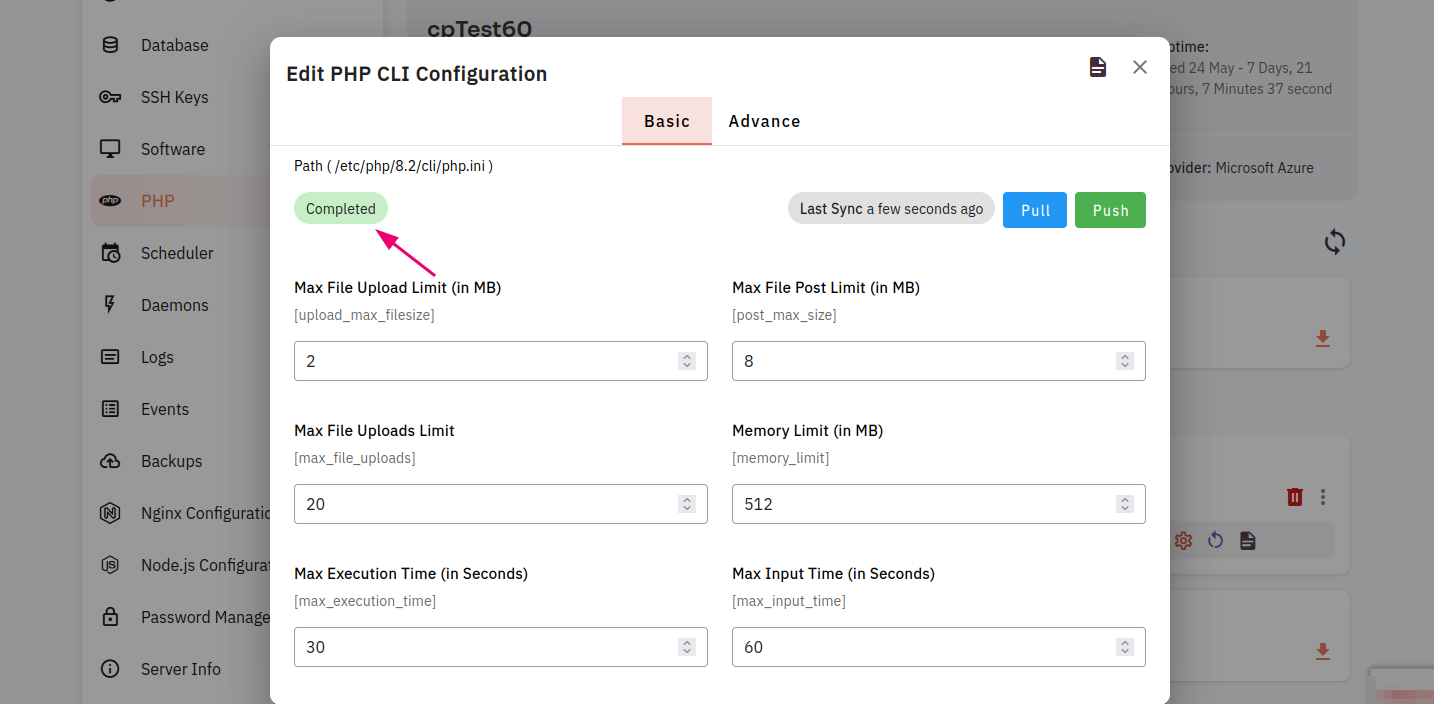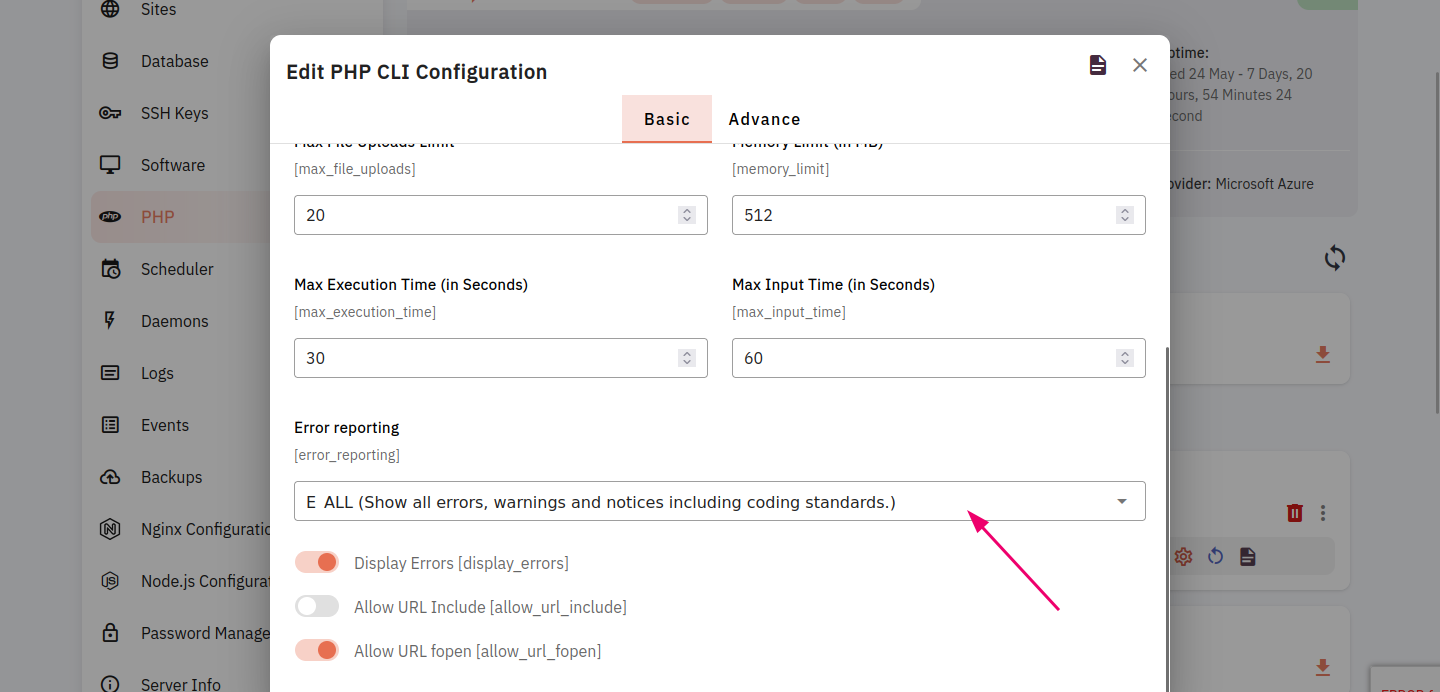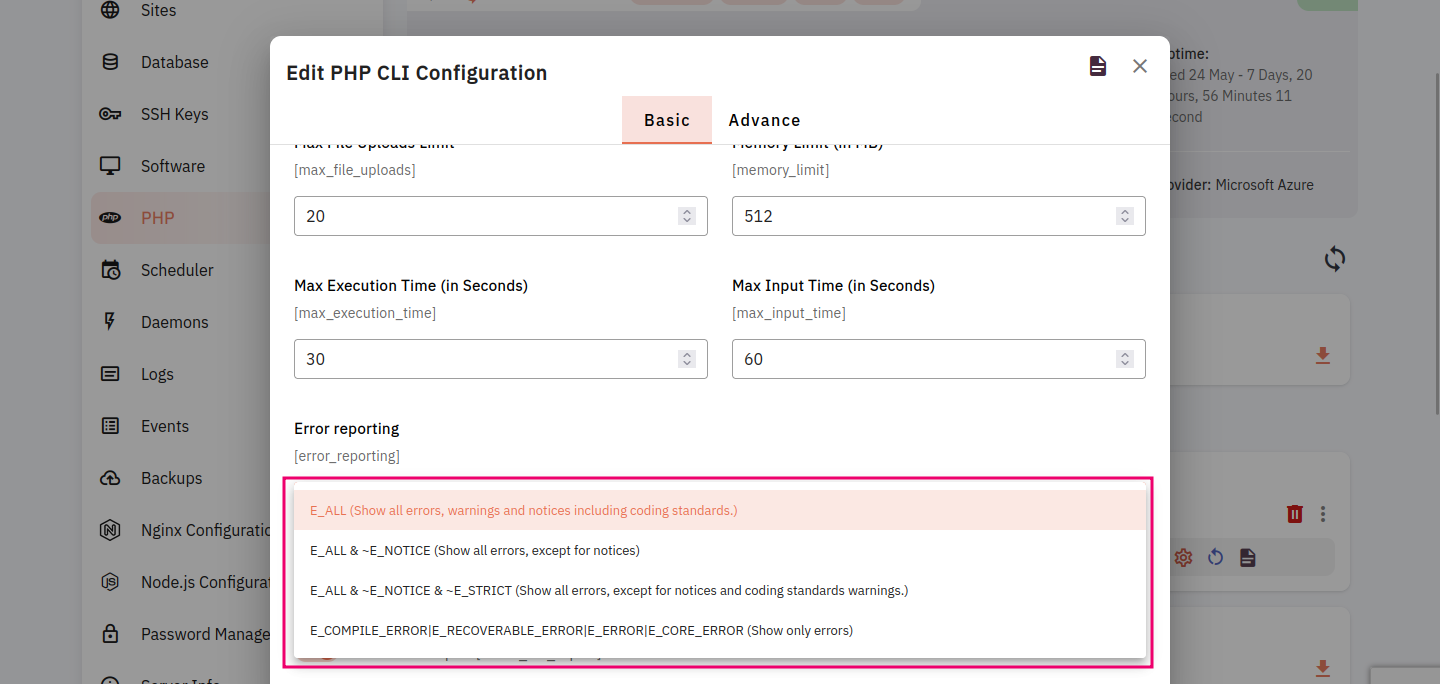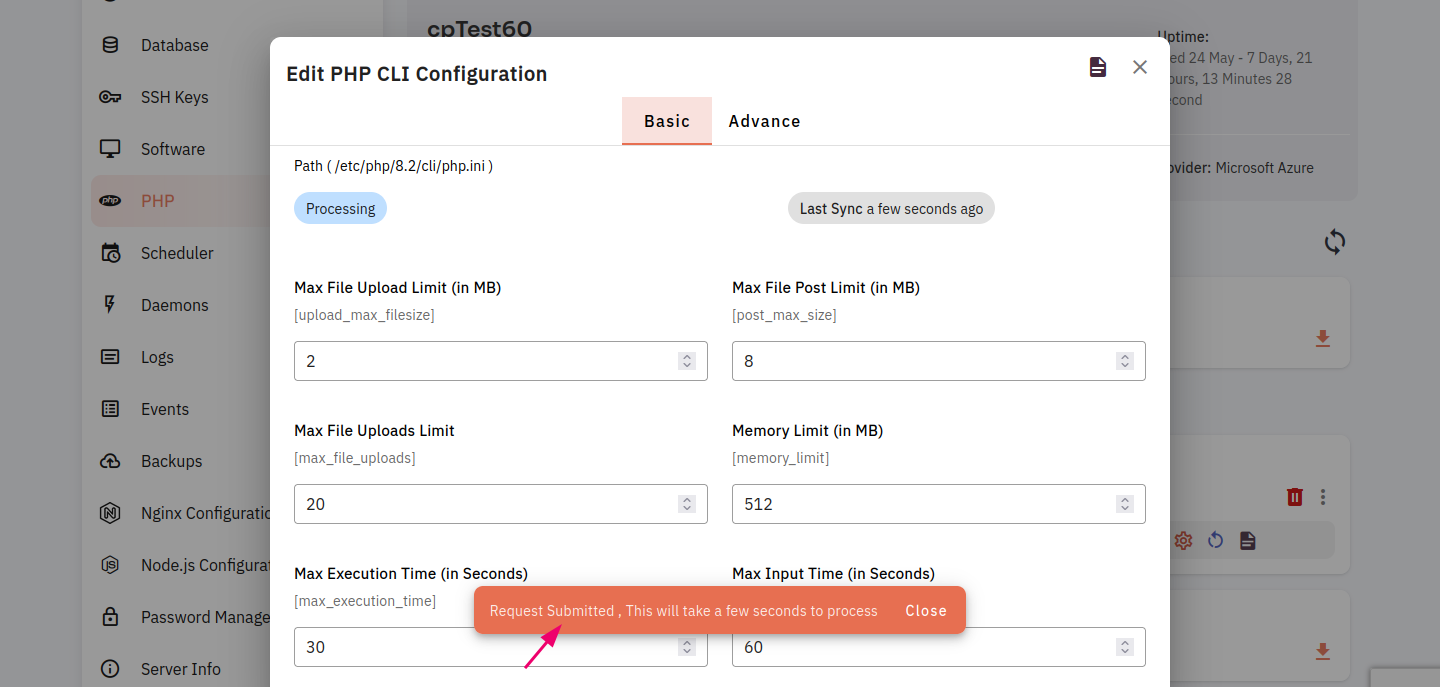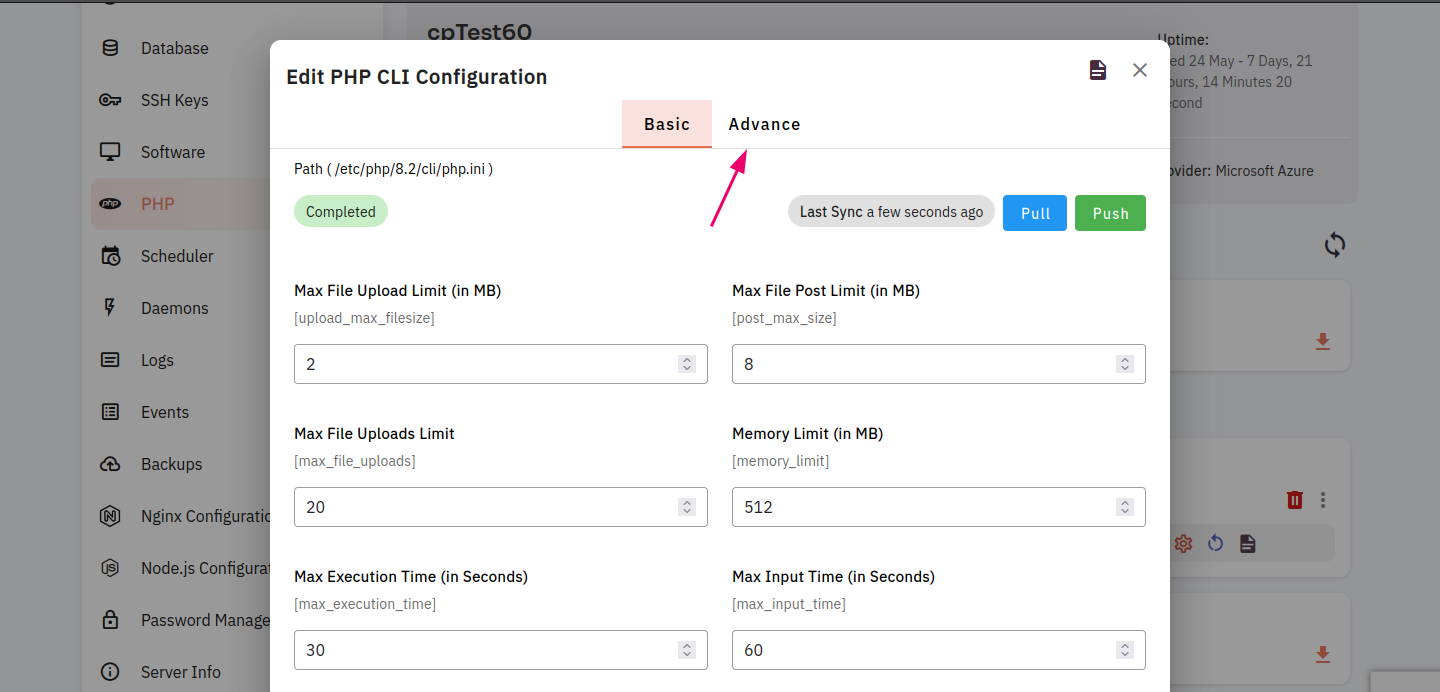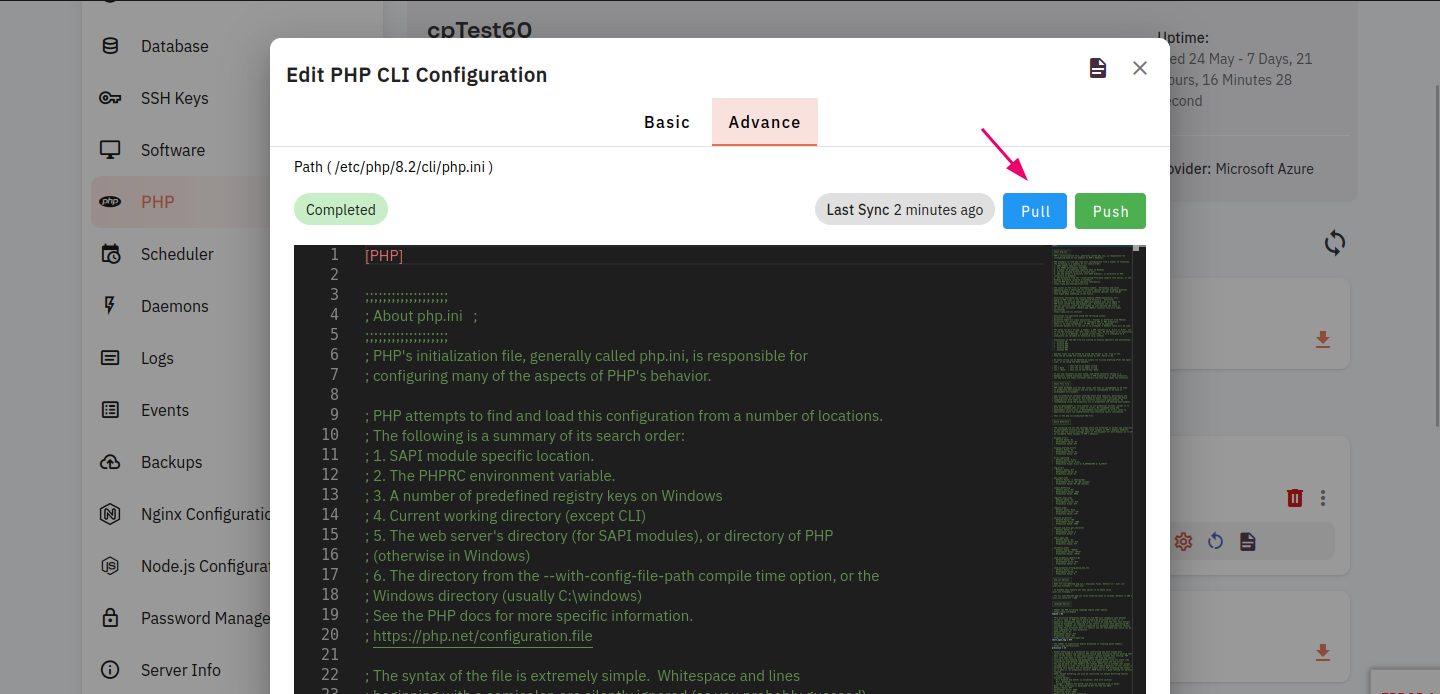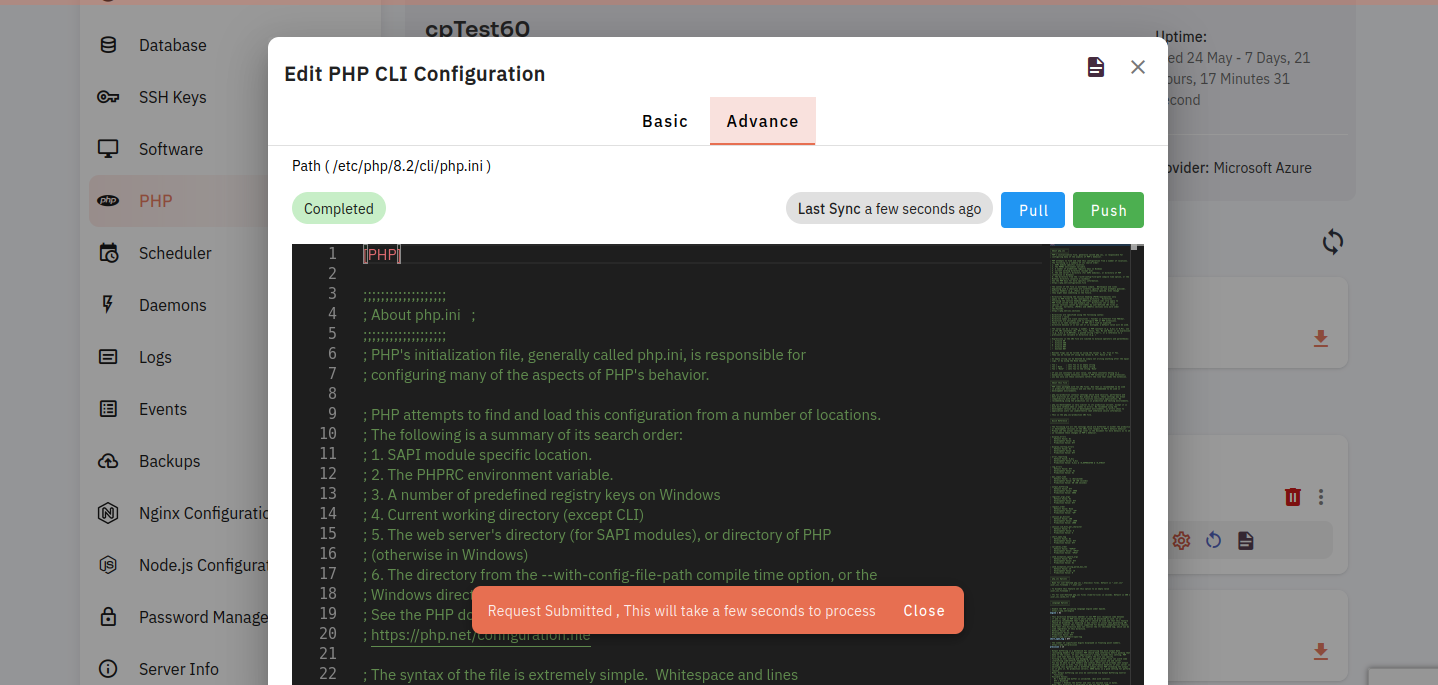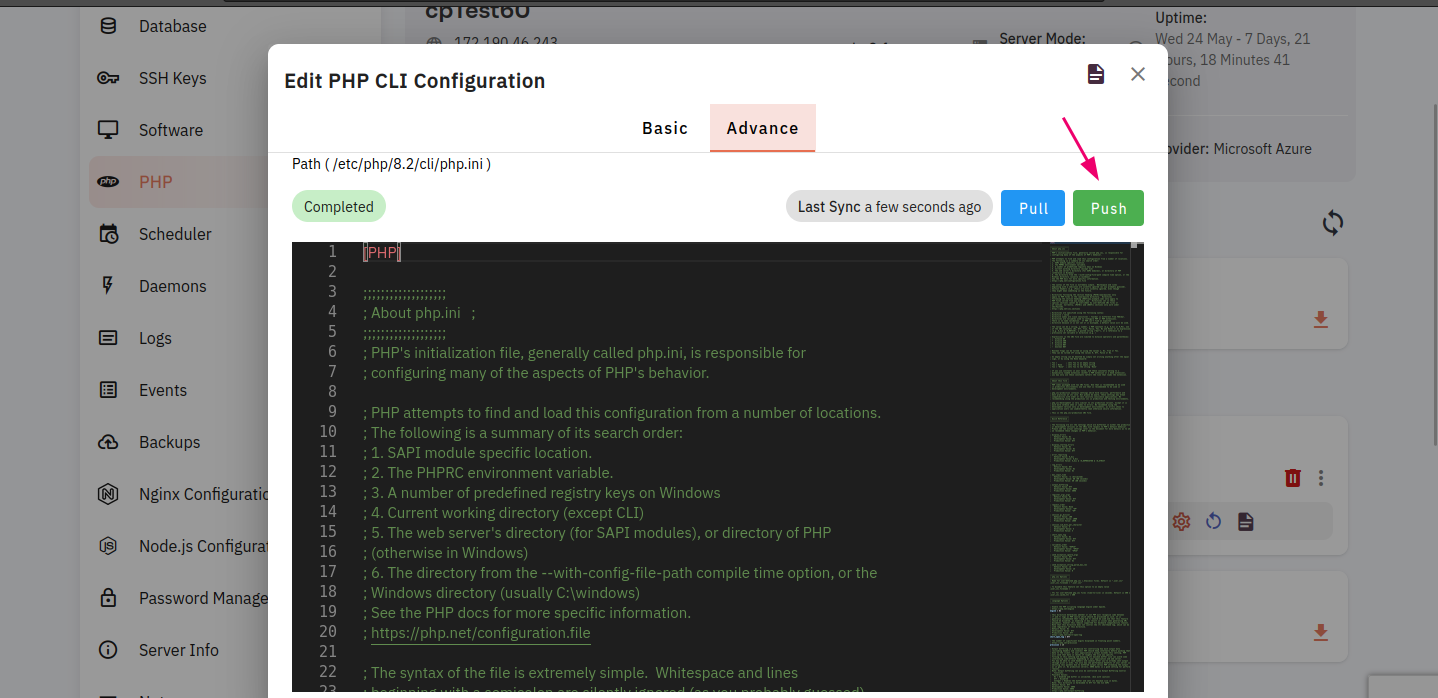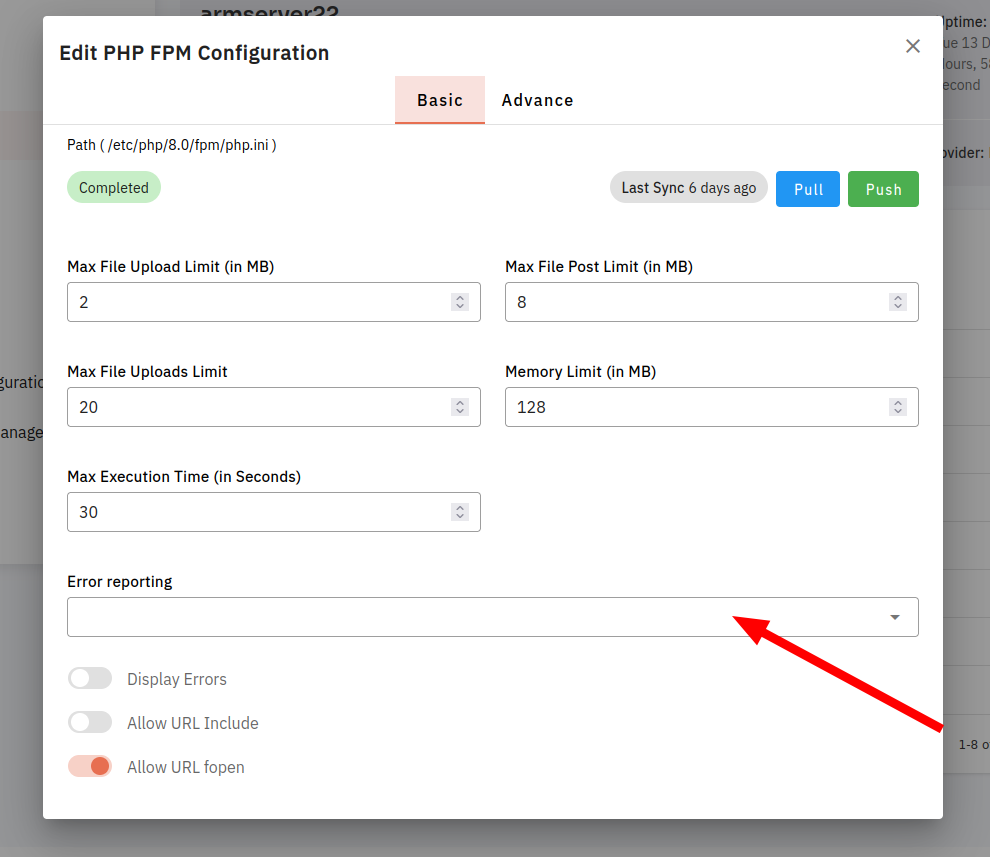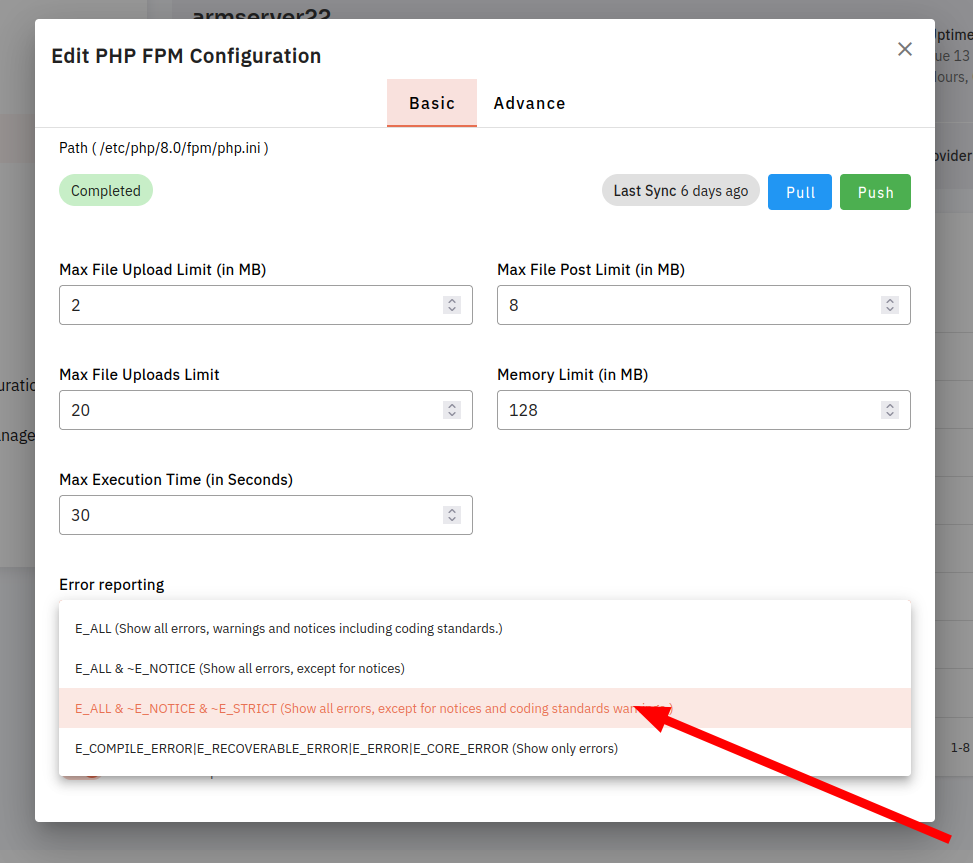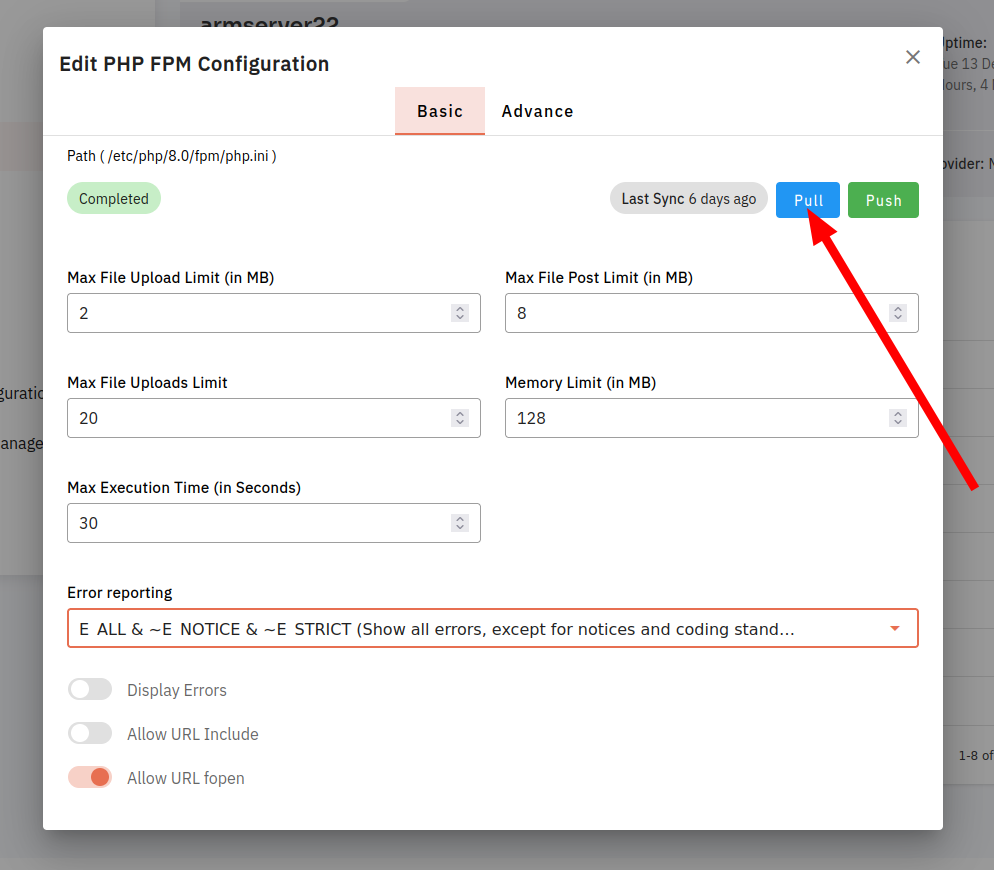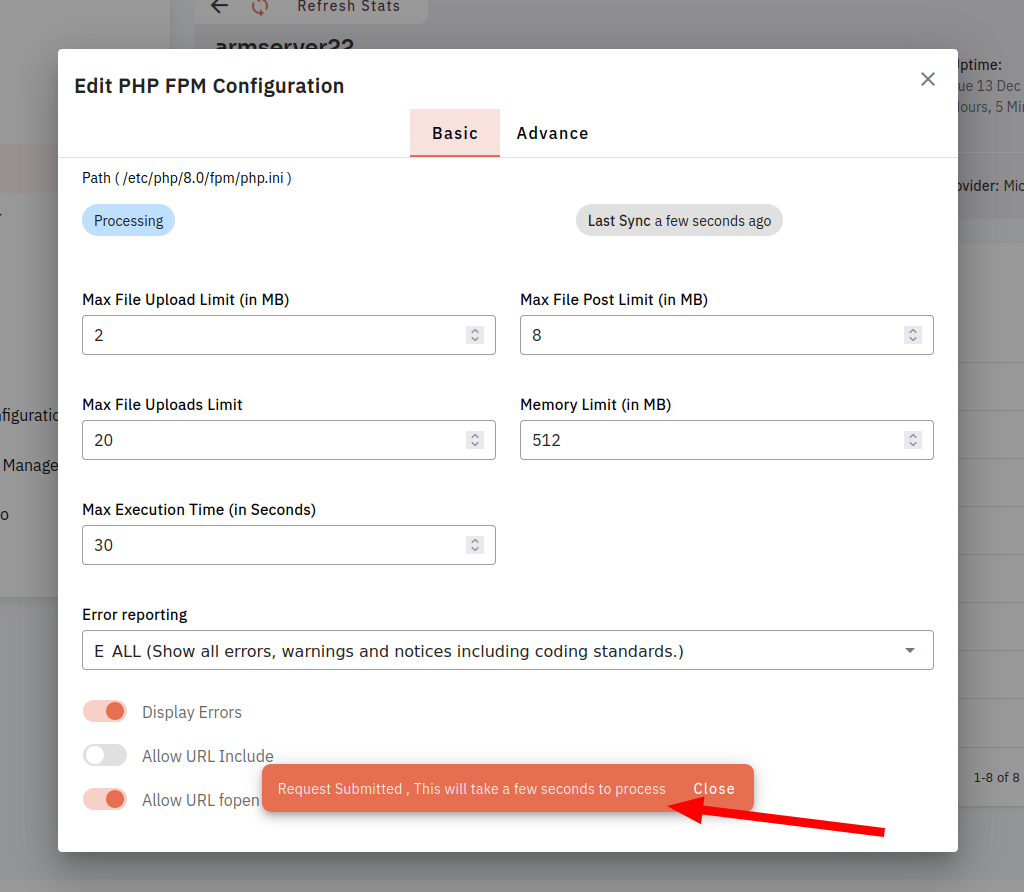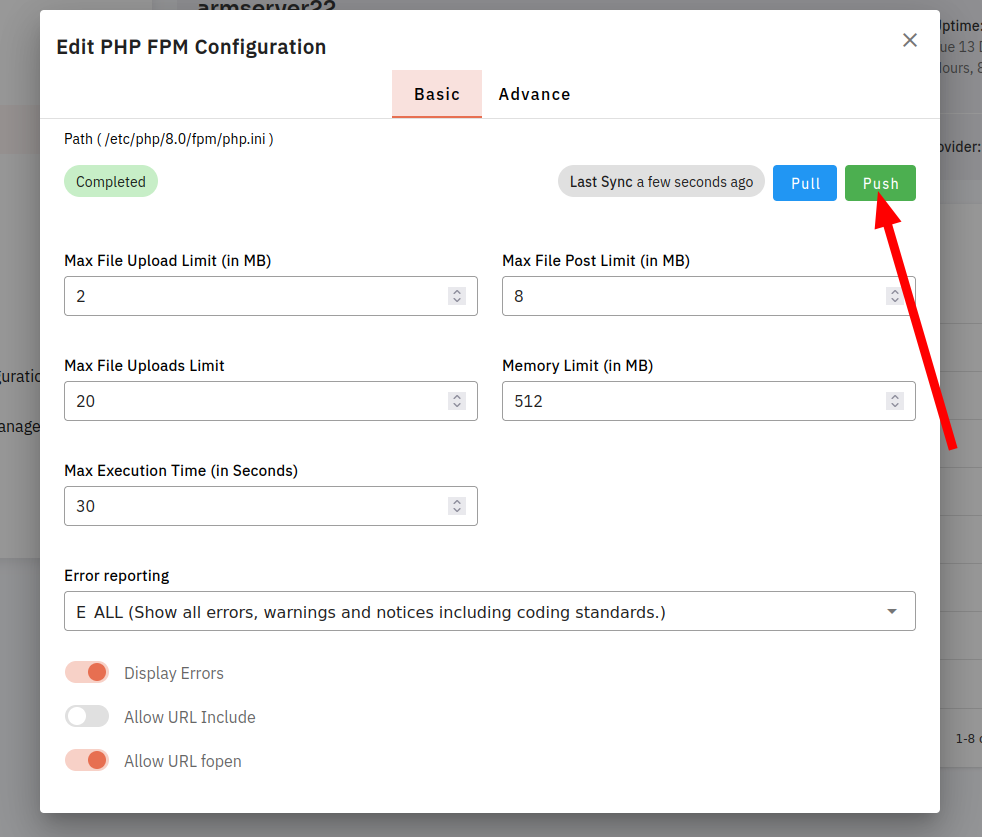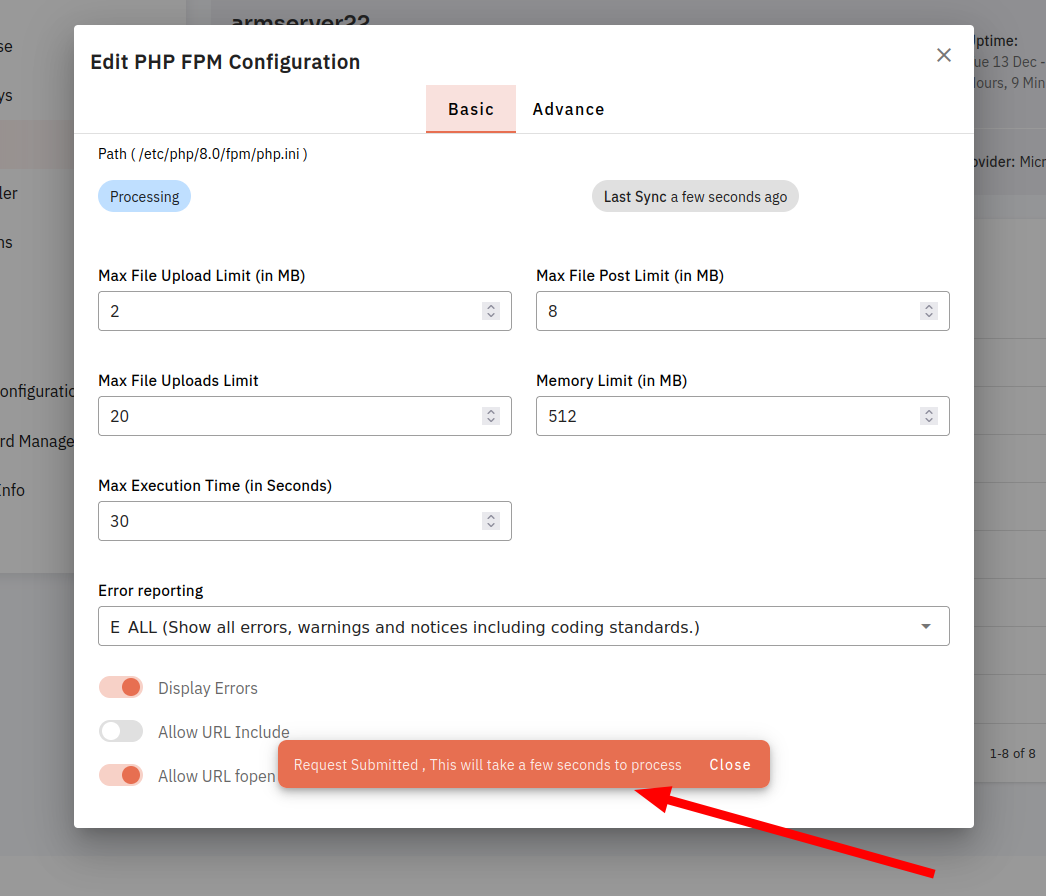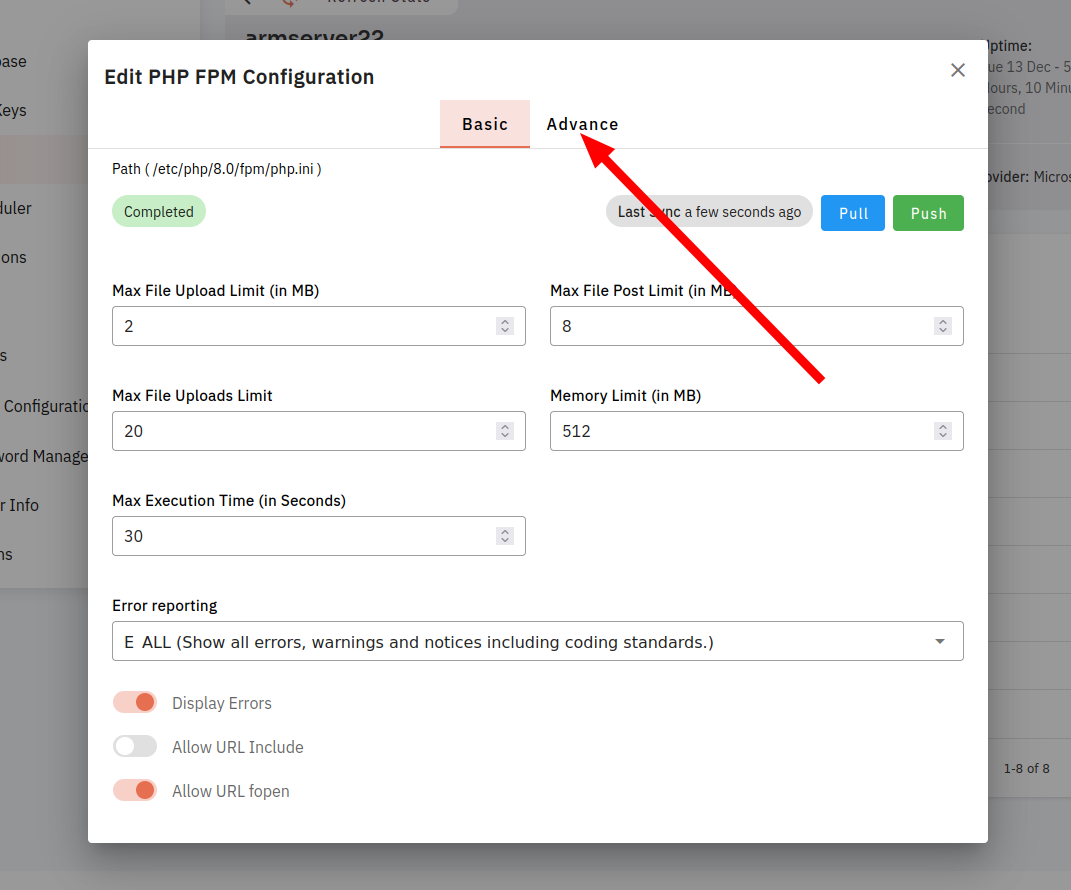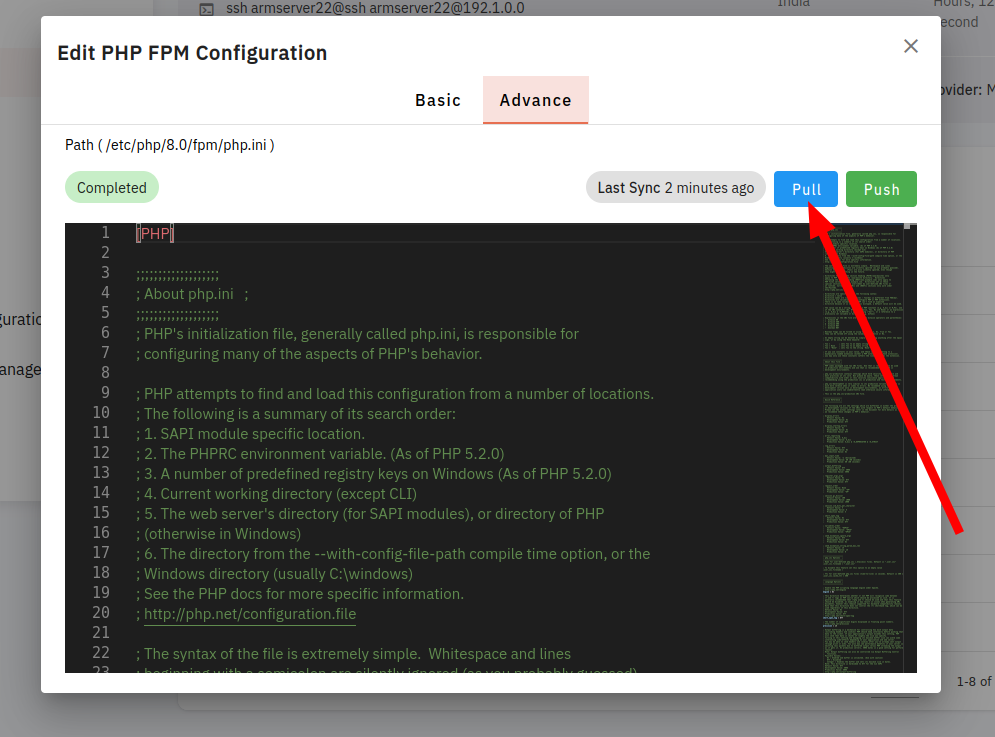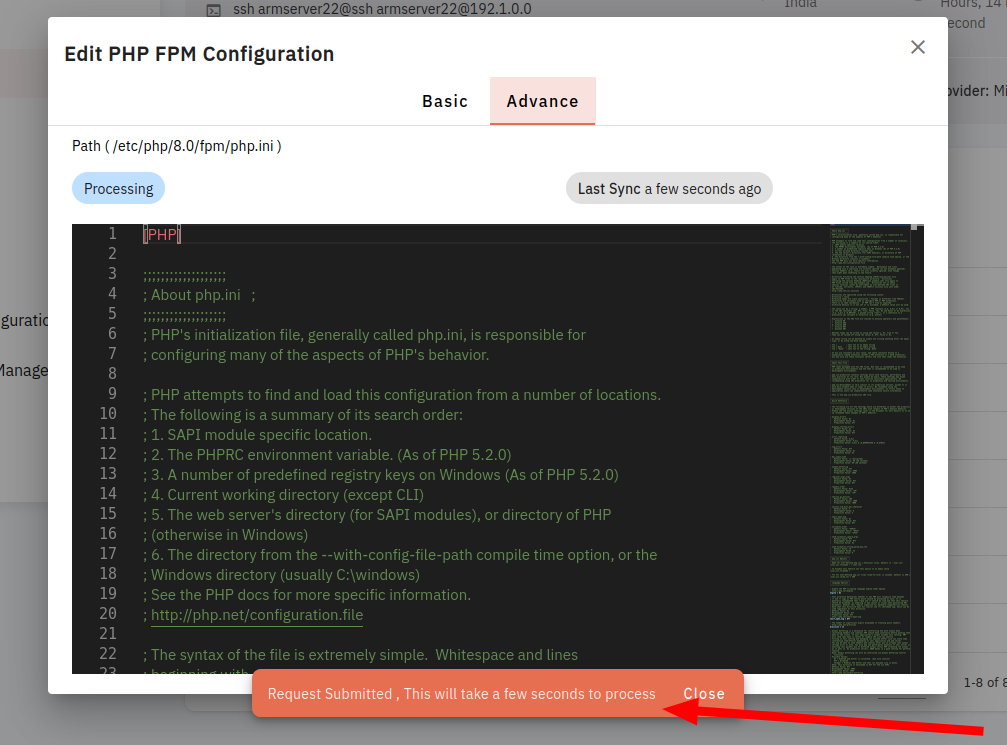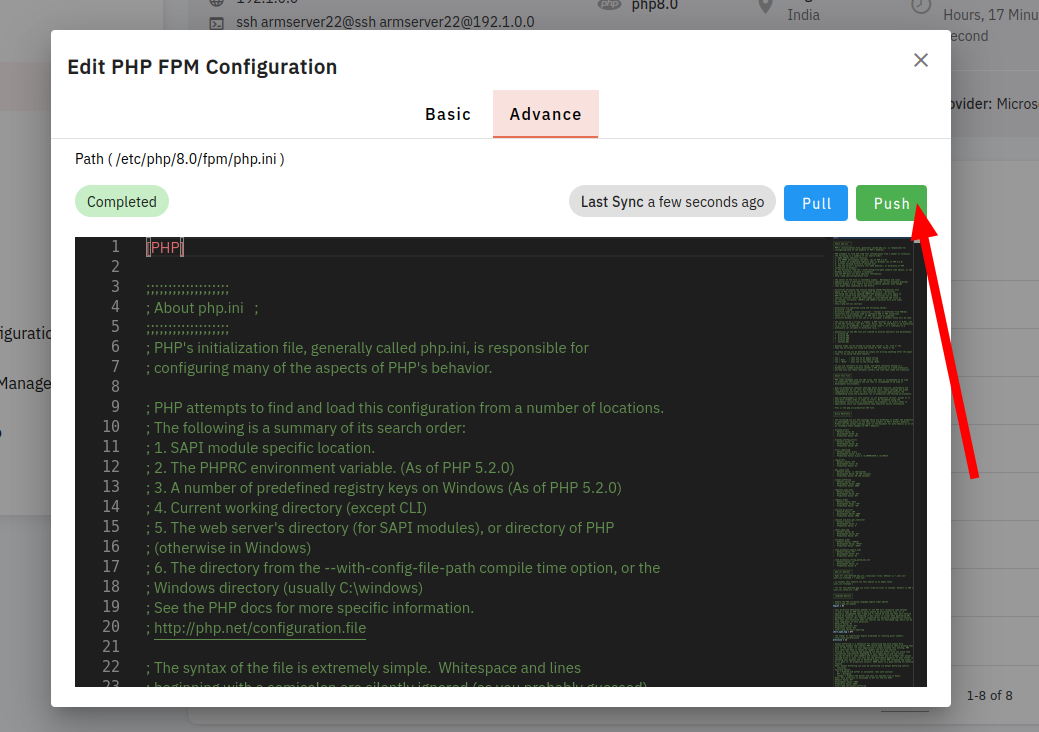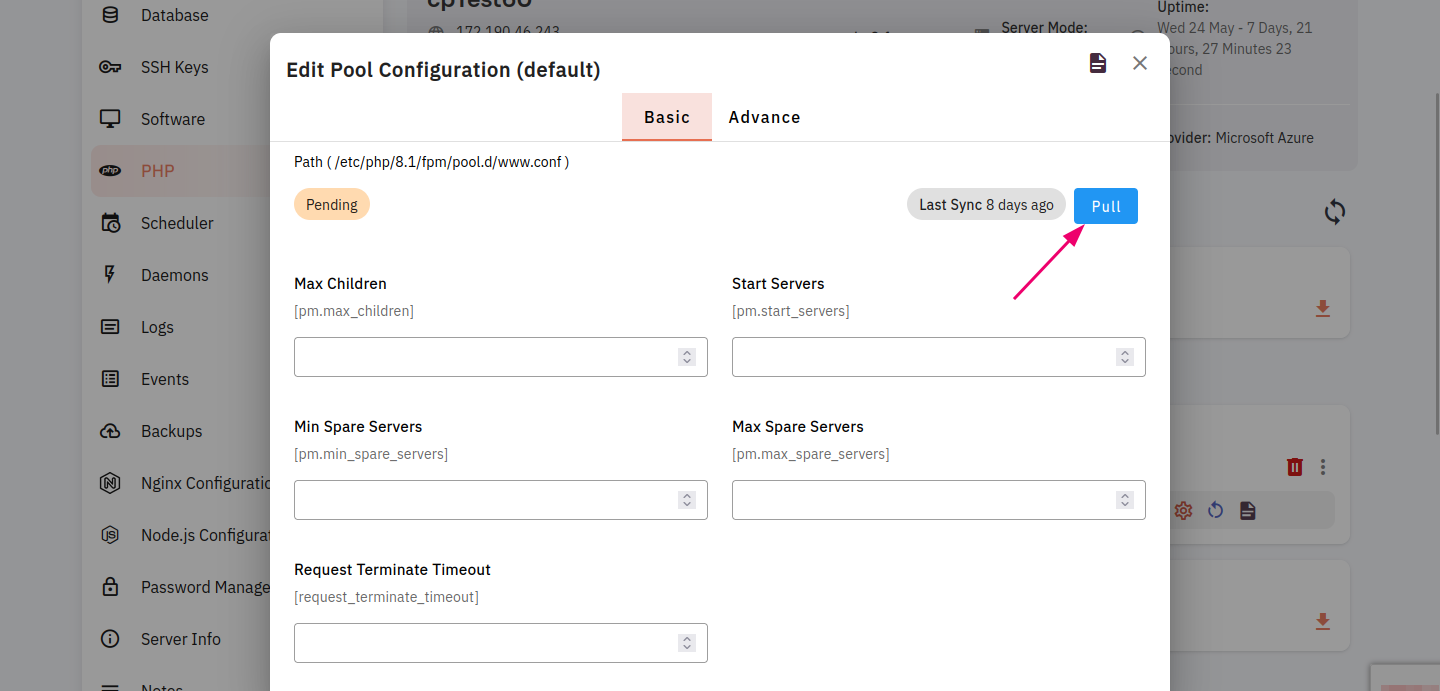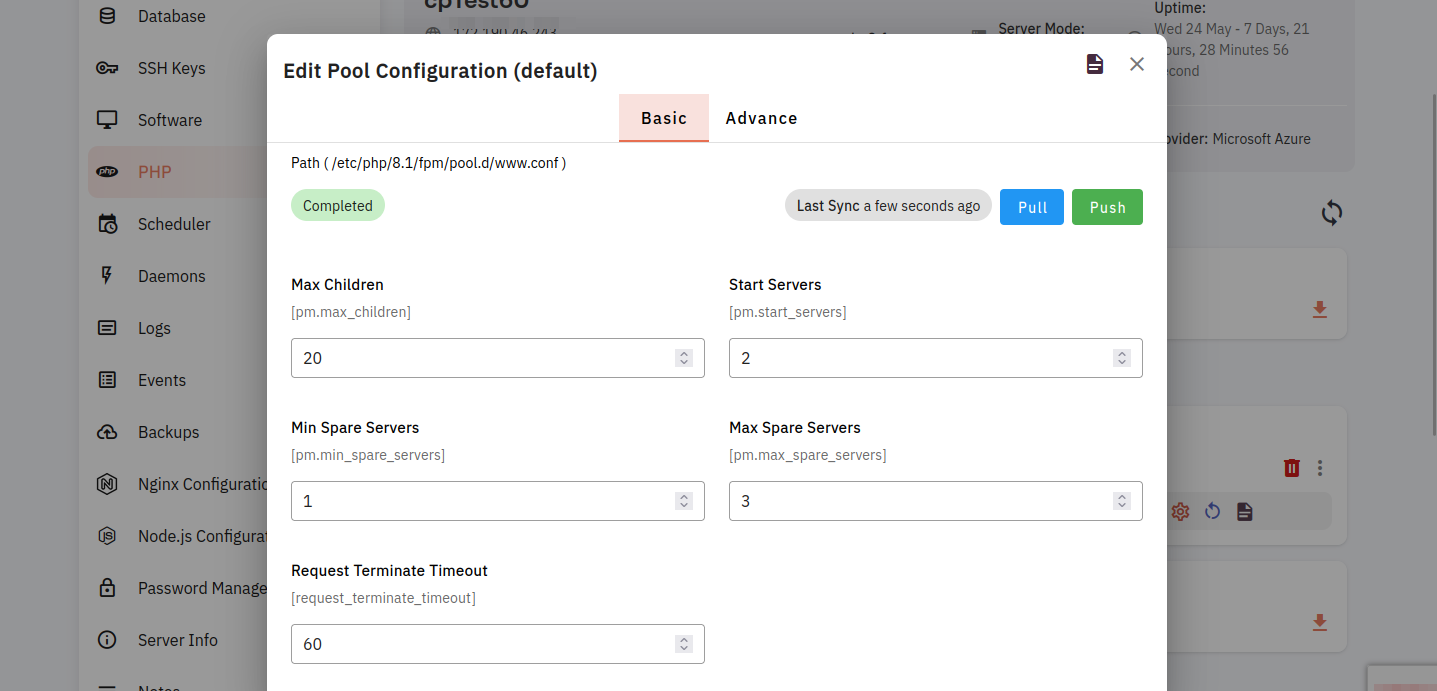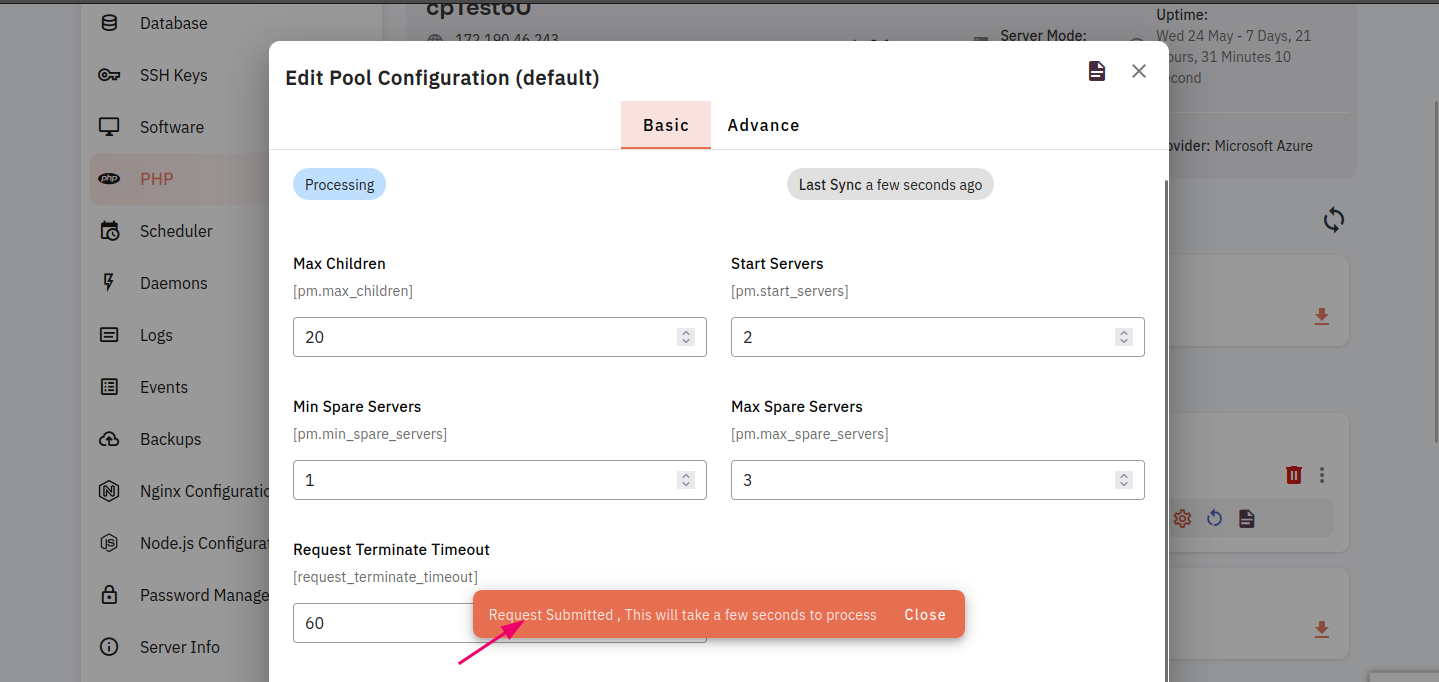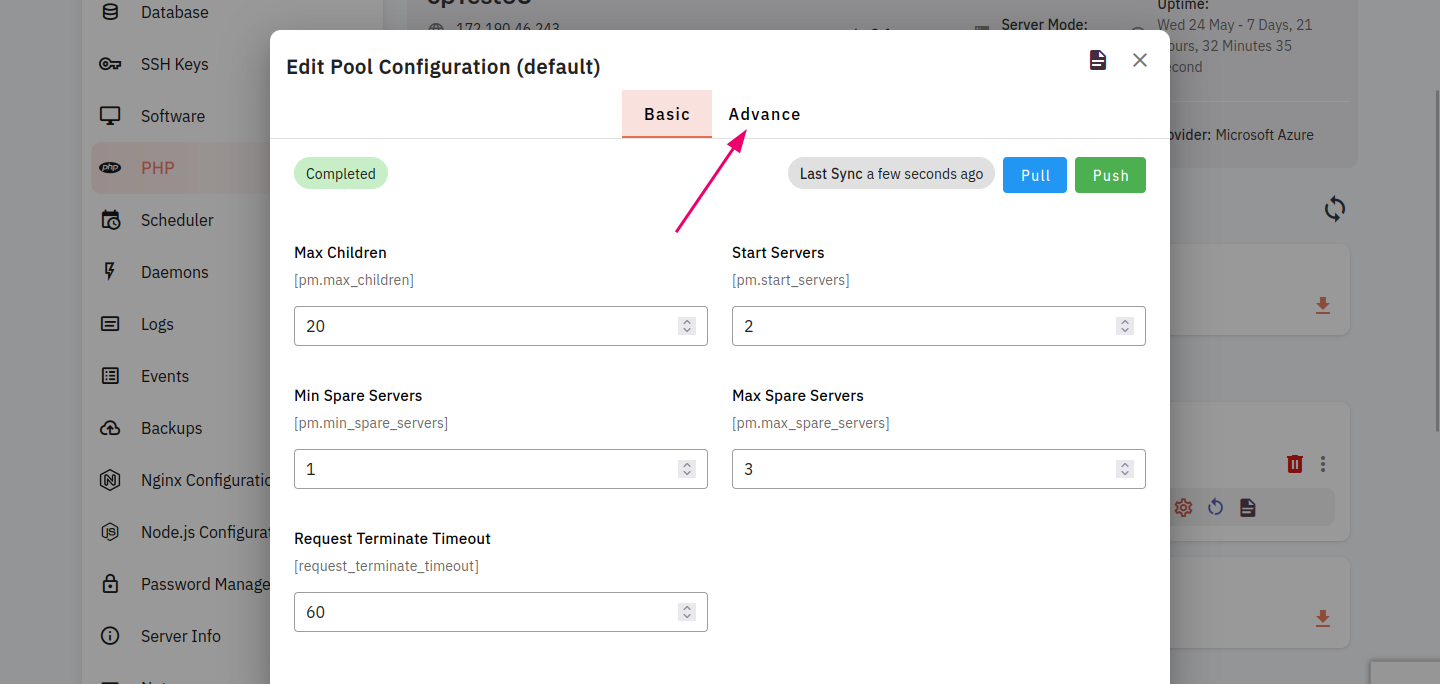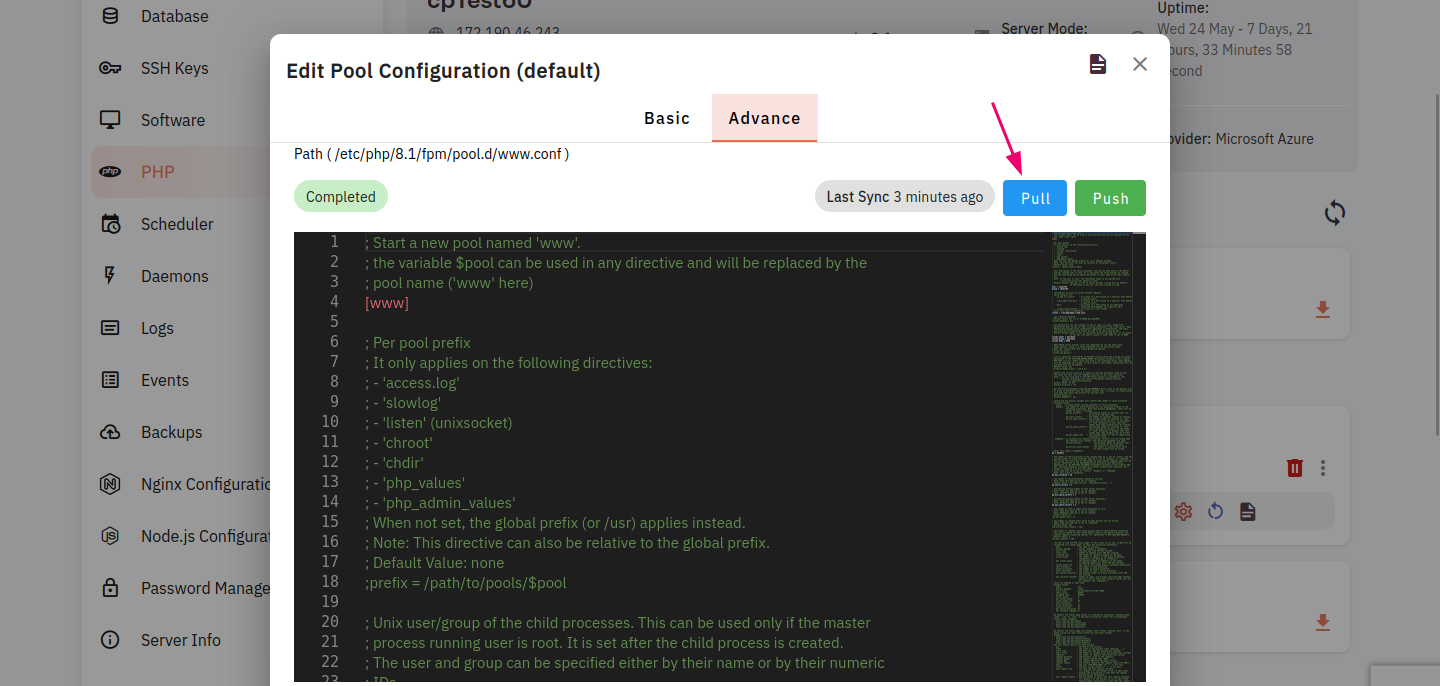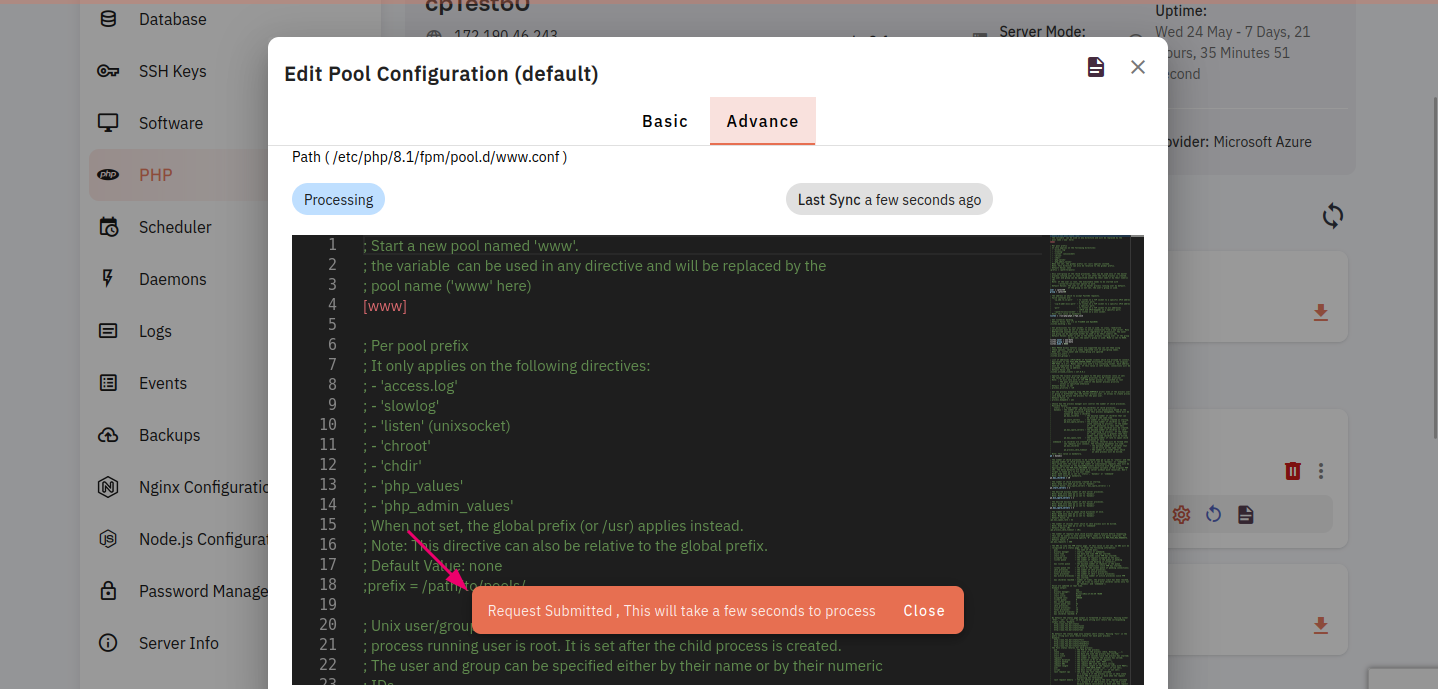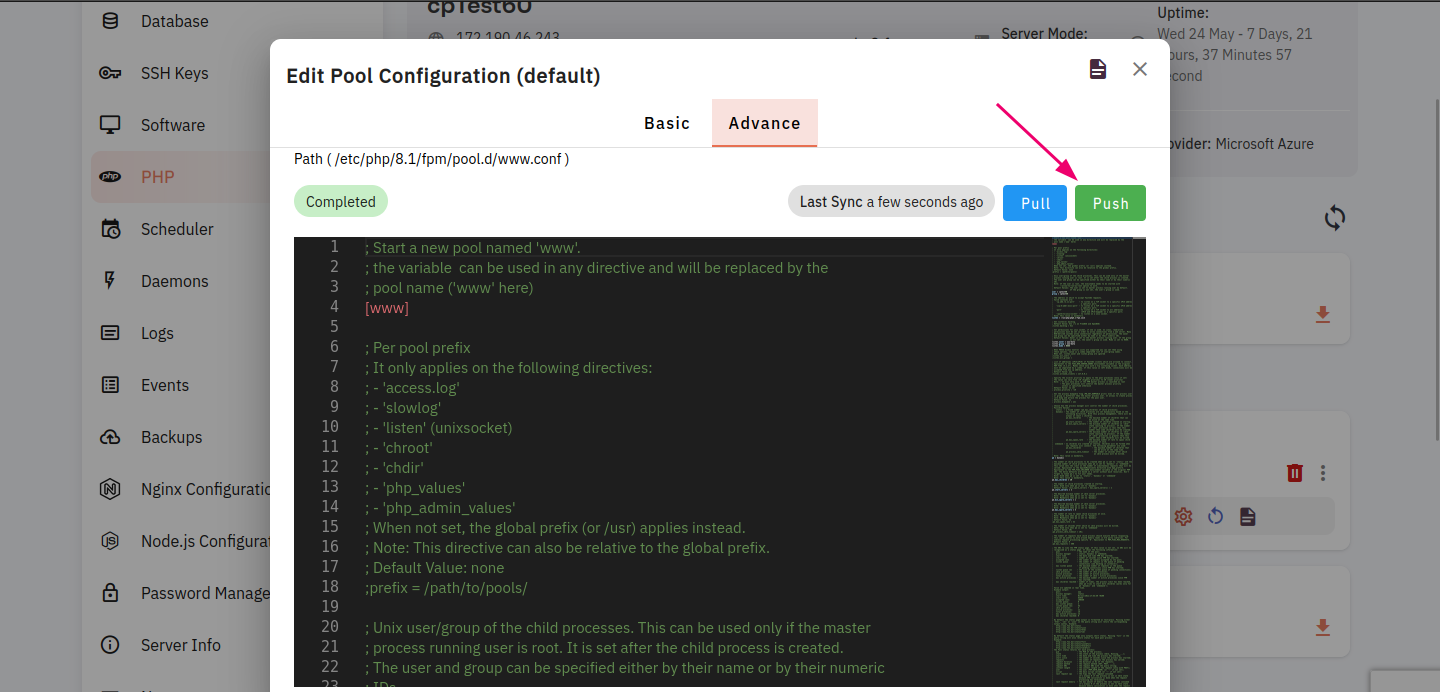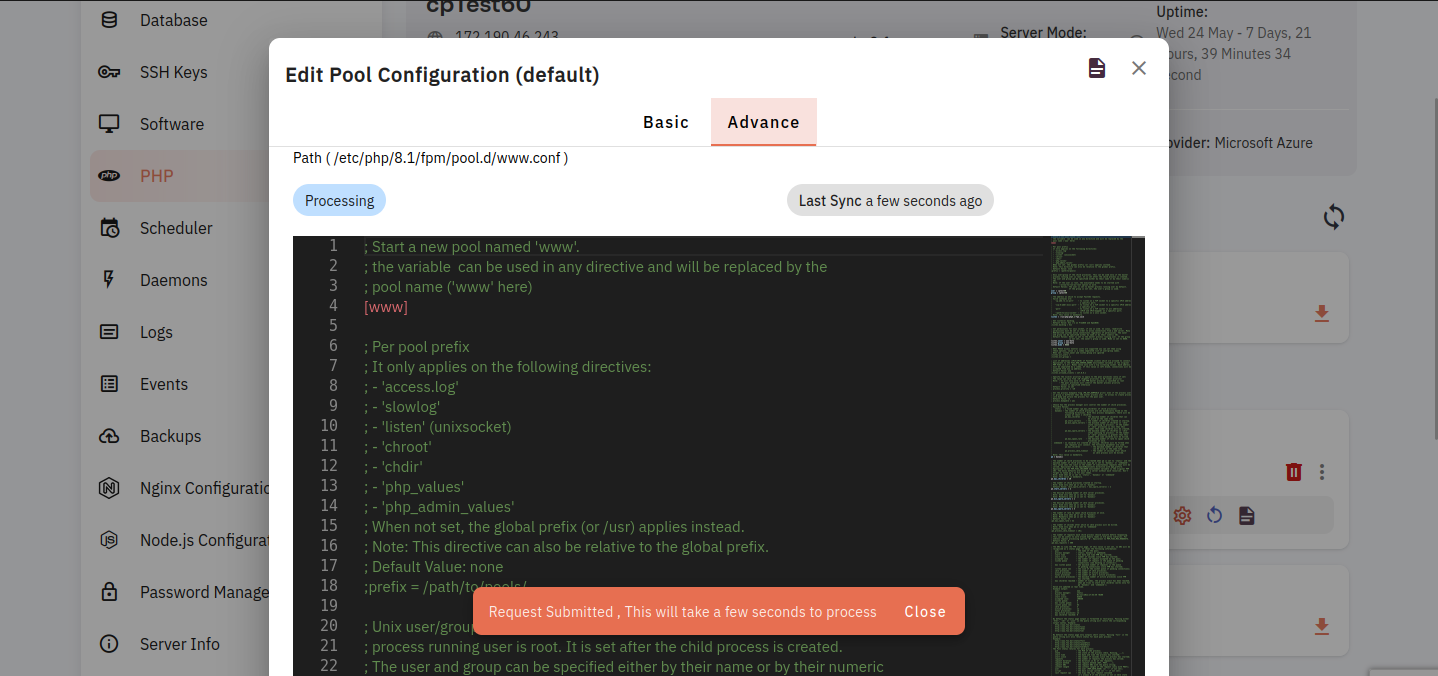How to install PHP?
To install PHP on a server, you'll need to follow a series of steps depending on the server's operating system. You may encounter situations where you need to use an older version of PHP for compatibility reasons or to support legacy applications. Here, you can choose the PHP version according to your requirements.
Tutorial :
You can watch the Video or Continue reading the post.
Follow the steps below to install PHP
Navigate to the PHP
Use this link to view How to Navigate
3. Click on the download button.
4. Click on the Yes Button.
5. Here you can see the PHP's older version has been installed successfully.
Restart PHP Version :
6 Click on the Restart icon.
7. Click on the yes button to restart the PHP version.
View PHP Events :
8. Click on the events icon.
9. The Event Dialog will show and then click on the Event FIle icon.
10. Here you can see php events have shown successfully.
11. Click on the Poppup menu icon.
Edit PHP CLI config :
10. Click on Edit PHP CLI Configuration.
PHP pull data :
11. Click on the Pull button.
12. Show Pull data successfully.
13. Click on the dropdown error reporting.
14. Select an Error
15. Click on the push button.
Here, you can see PHP CLI Configuration Push Successfully.
16. Click on the Advance tab button.
17 Click on the pull button.
Here, you can see PHP CLI Configuration has been Pulled successfully.
18. Click on the push button
Here, you can see PHP CLI Configuration Push Successfully.
Edit PHP FPM Config :
19. Click on Edit PHP FPM Configuration.
20. Click on the dropdown Error Reporting.
21. Select an Error
22. Click on the Pull button.
Here, you can see PHP FPM Configuration Pull Successfully.
23. Click on the Push button.
Here, you can see PHP FPM Configuration push Successfully.
24. Click on the tab bar in the Advance button.
25. Click on the Pull button.
Here, you can see PHP FPM Configuration Pull Successfully.
26. Click on the Push button.
Here, you can see PHP FPM Configuration push Successfully.
Edit Pool Config (default) :
27. Click on Edit Pool Configuration (default).
28. Click on the Pull button.
29. Here you can see pull data successfully.
30. Click on the Push button.
31. Here you can see push data successfully.
31. Selected the Advance tab.
Pull Data :
32. Click on the pull button.
Here you can see the pull data successfully.
Push Data :
33. Click on the Push button.
Here you can see push data successfully.

